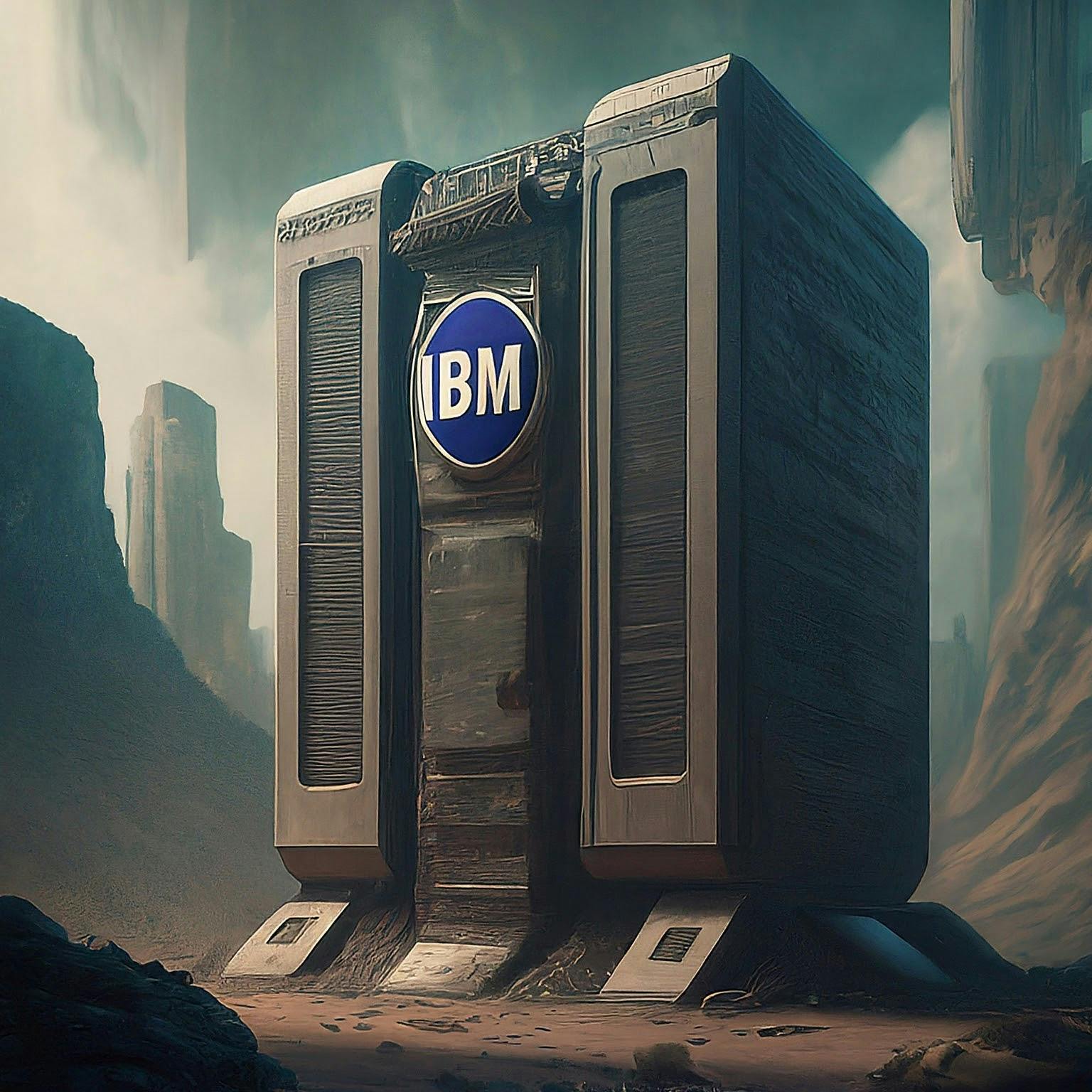This book, The Decline and Fall of IBM, manages to make short-sighted corporate mismanagement feel as rough as a WWE cage match.
Synopsis
Robert X Cringely, the author, covers IBM and its decline over the last 2-3 decades. He describes a company that prioritised short term stock price inflation and cost-cutting over either the long term health of the company or value to customers.
It is all enumerated by Cringely in painful detail. He does not hold back as he describes policies of offshoring, stock buybacks, and the sale of strategically important business divisions that have gutted the company and left lower skilled staff that under-delivers and risks the data and functionality of clients' IT systems.
There are 2 parts to this book. The first is Cringely’s take on the recent history of IBM, primarily during the reigns of Gerstner, Palmisano, and Rometty as CEOs. The second is a collection of testimonials from readers of Cringely’s blog[1]
In the early 90s when Gerstner assumed the reigns, IBM was in a horrible state and bankruptcy was a realistic possibility on its horizon. He began a programme of cost cutting that would continue throughout his successors' terms. Cringely does level some praise towards Gerstner for pulling the company off the precipice, but this is tempered when explaining how much of what set IBM down the wrong path was also brought about by Gerstner.
The cost-cutting started by Gerstner only continued under Palmisano and Rometty. It is here that Cringely levels his harshest criticisms. Essentially, in place of actually managing a successful company, senior management made inflated guesses of future Earnings Per Share (EPS) and cut costs and service to meet them. This set up IBM for impressive performance in the short term, but would ultimately be the company’s downfall in the long term. Customers saw poorer service from a provider that could no longer distinguish itself from any of its (often cheaper) rivals.
The Fate of IBM
This book is clearly an attack on IBM and its leadership. For a long time IBM has been the company that Cringely loves to hate and criticise in his writing. On the one hand it is easy to criticise someone’s work from outside without the burden of accountability. This book now approaches a decade since release. We might think to ask: was Cringely’s criticism of IBM’s leadership deserved? Below is a very cursory analysis of IBM’s progress since release, to give us something to consider.
When published on 3 June 2014 the close price of IBM shares was $176.26[2]. On 5 May 2023, almost a decade later, it closed at $123.65. It has gradually, but steadily declined over that time.
This price mirrors a market capitalisation which in 2014 was USD 204 billion[3] and USD112 billion on 5 May 2023[4].
This is certainly a company in decline over this period, albeit perhaps not necessarily the horrible death spiral described by Cringely. Overall I think that we can say he just about got it right. The company has been slowly dying away. Important acquisitions like the successful 2019 purchase of Red Hat may have slowed down the decline, but it is far from flourishing. What was once the juggernaut, leader in computing is now a large but unremarkable company on a slow decline.
Takeaway
For a lot of clients it is difficult or impossible to know what their vendor is actually doing. How do they operate? How are they managing my data? How are they managing my risks? This book instils in the reader the fear of what might be going wrong.
In the minds of leadership in many organisations their IT infrastructure is an unimportant cost centre: something to hire someone to manage and get away with spending as little as possible. Other companies recognise it as strategically important and key to their competitive edge and success.
This book provides a glimpse into how your vendor might be operating and things you can do to manage or avoid this. Ultimately it is a lesson for companies that they need to take charge of their infrastructure and their applications. It is poor management to simply contract out and forget about the technology at the heart of how a modern enterprise operates.
If you are a CTO, architect, manager, or anyone with third-party vendors this book is useful for the reasons outlined above. Even if Cringely has embellished—no doubt he has—it could be a view into modern IBM and doubtless many of its peers.
Chapter 9 is the reason to read this book. It provides a customer a set of expectations and questions to ask IBM—or an alternative vendor. This chapter alone is worth getting this book. The impatient may considering skipping here, but would miss out on all the preceding content which is certainly worth reading.
As for the reader testimonials: I struggled. They are often quite demoralising and difficult to get through. I gave up before the end.
Your mileage may vary, but I do not think that it is necessary to read all of the testimonials to get the larger picture they paint. It is the story of a demoralised workforce, unable to do anything about the collapse taking place around them. They were often replaced by cheaper, less qualified staff from offshore; often with the added indignity of having to train their replacements.
This tone above may also just be my melancholy disposition. A recent review on Amazon said, "After discussing this book with people who deal with IBM as a service provider to their large projects, we all laughed our heads off. A great read." Perhaps those that enjoy darker humour will have more laughs out of this.

